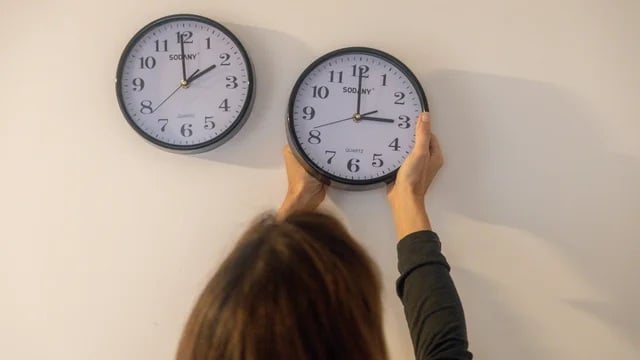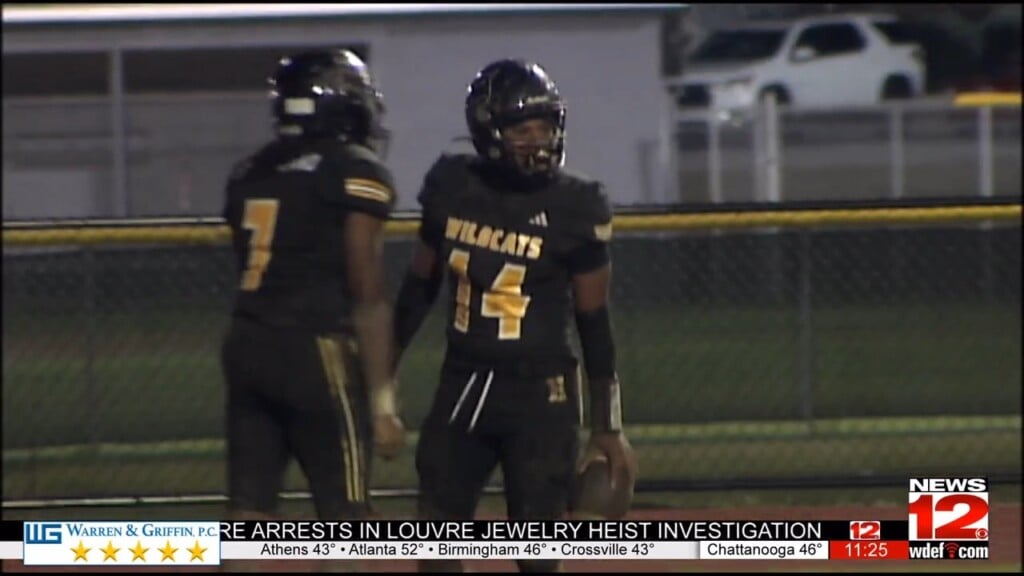Stocks take breather, but risks circle
Stocks were mixed Friday after moving higher in morning trade, with investors taking comfort in remarks by a Federal Reserve official. New York Federal Reserve Bank President John Williams told CNBC that policymakers are listening “very carefully” to concerns about the potential impact of slowing U.S. economic growth on financial markets.
Equities fell sharply in the two sessions that followed the Fed’s move on Wednesday to hike interest rates, with investors worrying that the central bank would persist with its tightening campaign despite signs the economy is cooling.
The S&P 500, Dow and Nasdaq were largely flat as of 11:19 a.m. Eastern time. The respite may be short, however, with a slew of risks shadowing stocks.
Many stock markets are on track to end 2018 more than 10 percent lower than where they started, with some actually poised to record their worst December since the 1930s. The tech-heavy Nasdaq has sunk more than 19 percent from its highest point this year, placing it on the verge of a bear market, which is marked by a decline of 20 percent from a recent high.
Over the past few years, stock markets in December have generally ended the year strongly in what’s known as a “Santa Claus rally.”
“Heading as we are to potentially the worst monthly December performance for U.S. equity markets since the 1930s, it would be easy to think that we could well be heading for further heavy declines,” said Michael Hewson, chief market analyst at CMC Markets.
“The truth is, we’ve become spoilt over the last nine years by markets that have steadily gone higher without too much of a correction, and the prospect of further tightening of monetary conditions will mean that investors will have to be much more discerning about where they put their money as we head into 2019,” he said.
Economic worries
Over the past year, stocks have been roiled by a number of issues, including the U.S-China trade spat. But as the year has closed out, worries over the pace at which the Federal Reserve will raise interest rates next year have loomed large.
Earlier this week, the Fed raised interest rates for the fourth time this year and signaled that more increases are likely next year. Investors were disappointed that Fed Chairman Jerome Powell failed to indicate a more marked slowdown in the pace of rate hikes, given concerns over the state of the U.S. economy.
“Record highs to correction territory and flirting with a bear market — those that aren’t already there that is — it really has been an extraordinary quarter that’s got investors very concerned about the year ahead,” said Craig Erlam, senior market analyst at OANDA.
“The list of headwinds has been growing throughout the year,” he said.
What stocks are saying
The stock markets are struggling even as the U.S. economy is on track to expand at the fastest pace in 13 years. Markets tend to move, however, on what investors anticipate will happen further out.
“First, the bond market and investment growth are usually first to turn, often a year or more before the peak in the cycle,” noted Simon MacAdam, global economist at Capital Economics, in a research note. “Second, falling equity prices and consumer confidence typically occur within the year prior the cycle peak.”
Last, labor markets are impacted, which tends to be a lagging indicator, he noted. In other words, even though unemployment is low and the labor market is strong, investors are conveying their bearish outlooks about future growth.
Shadows of 1987 and 2008?
Investors are looking for signs of what may come next, including whether this month’s downturn could signal worse to come. The percentage of stocks hitting new 52-week lows has reached 38 percent of those on the Nasdaq and New York Stock Exchange, according to Bloomberg News.
There have only been a handful of days when a larger share of stocks traded at 52-week lows, and they were all in 1987 and 2008, Bloomberg noted, citing Sundial Capital Research. Those years, of course, were notoriously rough for stocks, with 1987 marking the “Black Monday” market crash and 2008 witnessing the market meltdown and the start of the recession.
— With reporting by The Associated Press and Irina Ivanova.





Leave a Reply